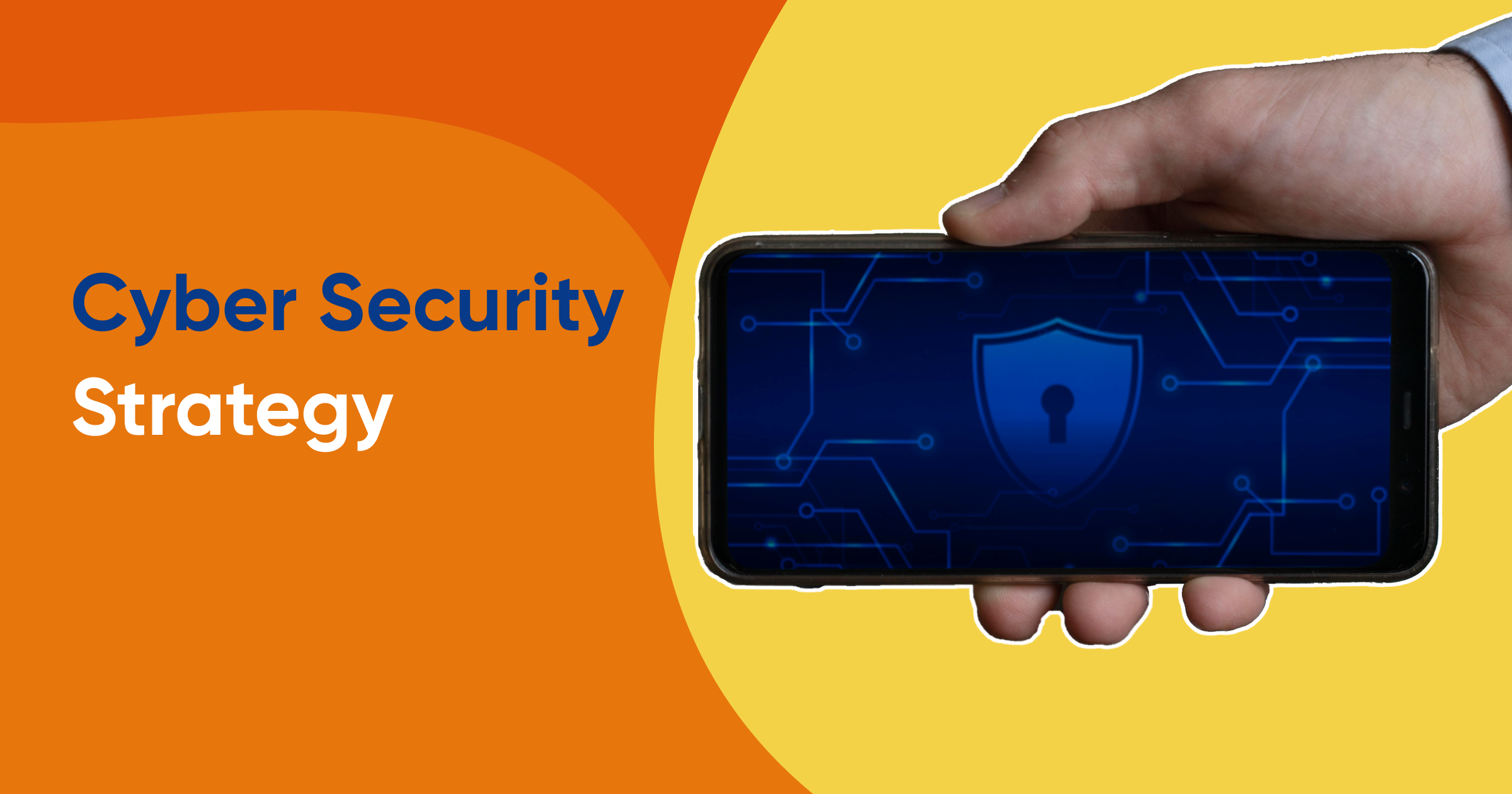Why Your Cyber Security Strategy Should Include Brand Protection
Amrusha Chati
15 July 2023 • 6 min read

Table of contents
As every aspect of our lives, from insurance to dating, moved online, unfortunately, so did crime. Cybercrime is one of the biggest threats to individuals and businesses. It often requires crafting a comprehensive cybersecurity strategy for your brand. Addressing security threats is crucial for safeguarding internal and external stakeholders.
The FBI emphasizes that "cyber risk is business risk." This makes it evident why your cyber security strategy should include brand protection.
Essential measures for safeguarding against cyber threats
The annual cost of cybercrime globally will reach a staggering $8 trillion in 2023. It's projected to escalate to $10.5 trillion by 2025. To mitigate this alarming trend:
(1) Conduct a comprehensive cyber security risk assessment,
(2) Implement regular backup data protocols,
(3) And fortify the corporate network.
These are all essential measures for safeguarding against cyber threats.
Small businesses are especially vulnerable. More than half of all cyber security incidents are committed against small-to-mid-sized businesses (SMBs). And 60% of them go out of business within six months of becoming prey to a hack or data breach.
Small businesses in both the public and private sectors are making efforts to protect themselves. They're developing cyber security strategies to address emerging threats. But they often overlook the crucial factor of brand protection.
It's important to realize that comprehensive security should include not only cybersecurity measures. It should also include the implementation of security principles. These safeguard the brand reputation from a potential cyber threat.
So why should your cyber security strategy include brand protection?
Well, that’s because your brand is one of your most valuable assets. Chances are you’ve spent much time and effort building a brand that stands for specific standards and values.
Over time, your consumers start trusting and becoming loyal to the brand.
But, all this can come crashing down with cyber attacks.
Cyber criminals often target brands by selling substandard, often unsafe counterfeit products. This hurts your business financially by taking away your revenue. It also causes irreparable damage to your brand’s reputation.
Here’s what you can do to protect your business and brand from cyber crime attacks:
1. Protect your brand with a trademark
This is one of the most important and easy ways to protect your brand. It should be considered "critical infrastructure" as it pertains to your cyber security. A registered trademark protects your intellectual property, such as logos, slogans, and names. It essentially adds a layer of legal protection for your brand.
So if your brand is being wrongfully used, you can take legal action against the offending parties. Trademark lawyers can help you identify the areas and categories where you can apply for a trademark for your brand; to cover all your bases.
But remember - the USPTO takes almost a year to approve trademark applications, so plan accordingly.
2. Be vigilant about potential threats to your brand
Use the access that which the internet provides as a strength rather than a weakness.
An online presence makes your brand vulnerable to attacks. But it also allows you to hunt down any fraudsters damaging your brand. Make use of cyber security best practice. Be vigilant and routinely sift through the internet to ensure your brand isn’t misused.
The Office of the United States Trade Representative (USTR) releases an annual Notorious Markets List (NML). This includes online and physical markets that engage in or facilitate piracy and counterfeiting. This could be an excellent place to start your search.
Even if your business is local, think global when you’re searching. Fraudsters could be selling counterfeits. They may also be mimicking your brand in other countries to avoid detection.
3. Build a brand that’s hard to replicate
This applies to cases where you don’t have an existing brand to protect.
When you launch your business, be creative and make sure that the name, logo, and slogan are unique. This is one of the best ways to address security threats. Generic names and logos make it easy for cyber criminals to create confusion in the minds of consumers.
4. Use social media to create customer awareness
Social media is a great way to communicate directly with your customers.
Use this to improve your cyber security "posture" by:
(1) Reinforcing what makes your brand unique.
(2) Disclaiming counterfeit products.
(3) Highlighting cases where your brand is misused.
Such clear communication will help your customers avoid confusion and fraud. Over time this will also strengthen your brand’s reputation. And it'll create a relationship of trust with your customers.
Cyber incidents are a significant threat and should not be taken lightly. These cyber defense practices can help you combat this cyber threat to a large extent. Remember that your brand is at the heart of your business, so protect it accordingly.
You should craft a cyber security plan leveraging:
(1) Technology,
(2) The law,
(3) And the goodwill and loyalty built around your brand.
This will protect your economic security, and set you up well for the future.
AUTHOR
Amrusha is a versatile professional with over 12 years of experience in journalism, broadcast news production, and media consulting. Her impressive career includes collaborating extensively with prominent global enterprises. She garnered recognition for her exceptional work in producing acclaimed shows for Bloomberg, a renowned business news network. Notably, these shows have been incorporated into the esteemed curriculum of Harvard Business School. Amrusha's expertise also encompassed a 4-year tenure as a consultant at Omidyar Network, a leading global impact investing firm. In addition, she played a pivotal role in the launch and content strategy management of the startup Live History India.
Related Blogs

What is a provisional patent?
12 June 2024 • 5 min read

How to Know if a Song Is Copyrighted | T...
06 June 2024 • 9 min read

What Is the Difference Between Copyright...
06 June 2024 • 8 min read

Can Copyright Be Renewed? Understanding ...
31 May 2024 • 7 min read

Is Swiftie Trademarked? (Let's Explore)
28 May 2024 • 3 min read
